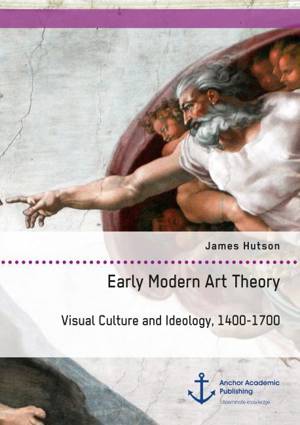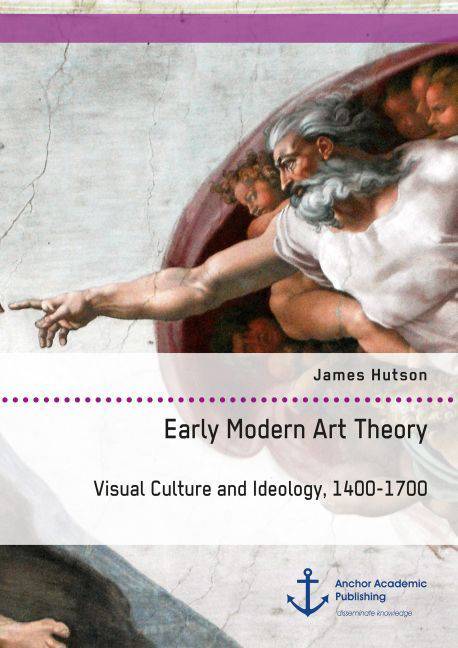
- Afhalen na 1 uur in een winkel met voorraad
- Gratis thuislevering in België vanaf € 30
- Ruim aanbod met 7 miljoen producten
- Afhalen na 1 uur in een winkel met voorraad
- Gratis thuislevering in België vanaf € 30
- Ruim aanbod met 7 miljoen producten
Zoeken
€ 113,95
+ 227 punten
Omschrijving
The development of art theory over the course of the Renaissance and Baroque eras is reflected in major stylistic shifts. In order to elucidate the relationship between theory and practice, we must consider the wider connections between art theory, poetic theory, natural philosophy, and related epistemological matrices. Investigating the interdisciplinary reality of framing art-making and interpretation, this treatment rejects the dominant synchronic approach to history and historiography and seeks to present anew a narrative that ties together various formal approaches, focusing on stylistic transformation in particular artist's oeuvres - Michelangelo, Annibale Carracci, Guercino, Guido Reni, Poussin, and others - and the contemporary environments that facilitated them. Through the dual understanding of the art-theoretical concept of the Idea, an evolution will be revealed that illustrates the embittered battles over style and the overarching intellectual shifts in the period between art production and conceptualization based on Aristotelian and Platonic notions of creativity, beauty and the goal of art as an exercise in encapsulating the "divine" truth of nature.
Specificaties
Betrokkenen
- Auteur(s):
- Uitgeverij:
Inhoud
- Aantal bladzijden:
- 300
- Taal:
- Engels
Eigenschappen
- Productcode (EAN):
- 9783954894970
- Verschijningsdatum:
- 21/06/2016
- Uitvoering:
- Paperback
- Formaat:
- Trade paperback (VS)
- Afmetingen:
- 148 mm x 210 mm
- Gewicht:
- 358 g

Alleen bij Standaard Boekhandel
+ 227 punten op je klantenkaart van Standaard Boekhandel
Beoordelingen
We publiceren alleen reviews die voldoen aan de voorwaarden voor reviews. Bekijk onze voorwaarden voor reviews.








